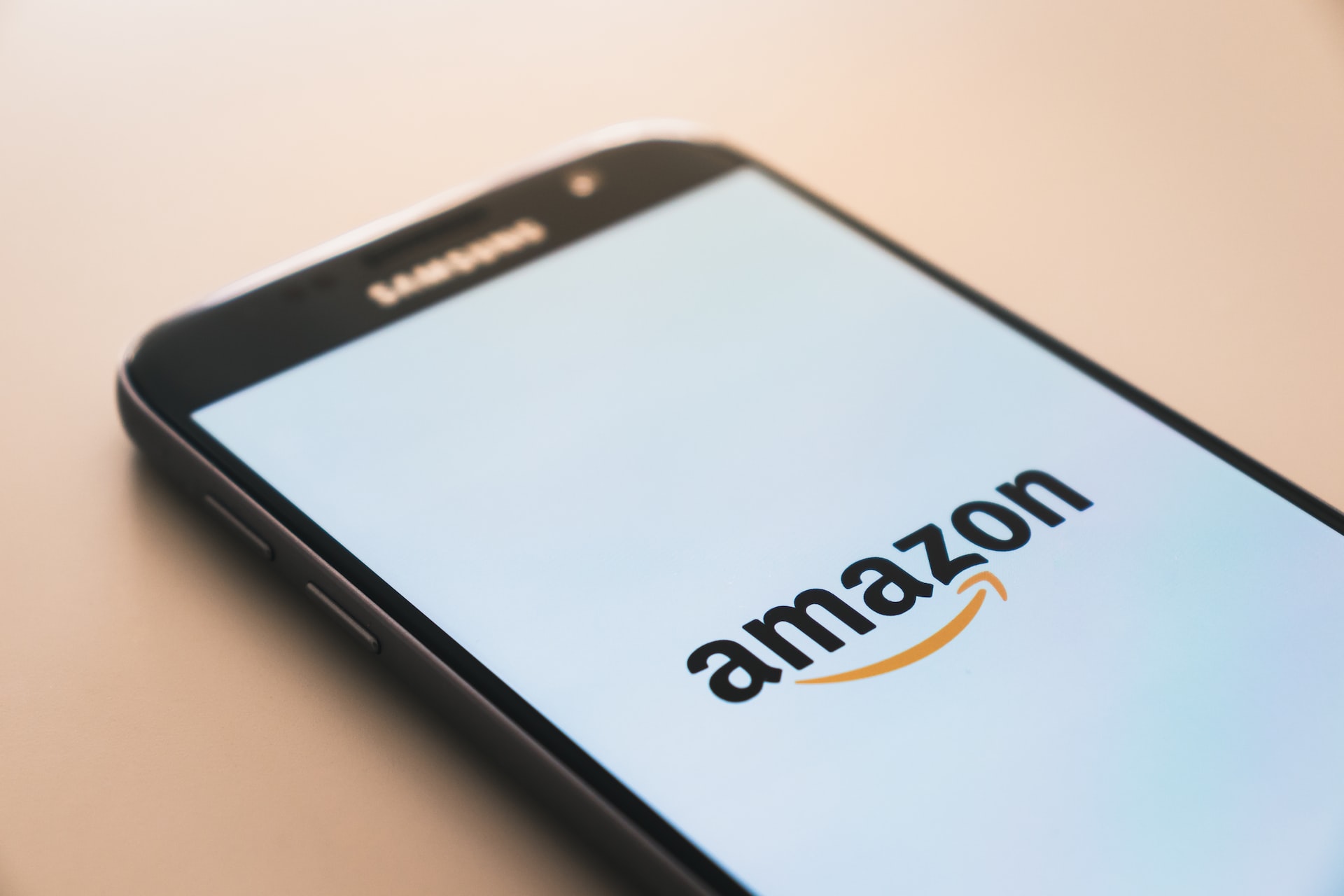How to Recognize and Avoid Phishing Scams on Amazon
As an Amazon merchant, you should be wary of phishing frauds. Unfortunately, these seem to grow despite Amazon’s actions to stop them. The individuals behind such phishing scams seem to be pressing even harder these days to thieve your information. They are even utilizing phone messages for their frauds now.
Unfortunately, a lot of AMZ sellers are falling victim to these scams. So in this article, we want to give you the advice you need to save yourself and report Amazon scams. Read on to learn how you can protect your online business.
How to Notice Amazon Phishing Emails?
Identifying an AMZ phishing email may be difficult, but it isn’t impossible. There are some telltale signs to let you spot phishing messages if you know what to check for. And always keep in mind that if you are in doubt, do not click.
Here is how to spot an AMZ scam email:
Suspicious issues: If you receive an email from the marketplace claiming that your account “won a prize,” “the payment information has expired,” or you have to “prove activity on your profile,” it is likely a spoofing scam or another type of tech support attack. The platform will always have you handle account security or payments directly through your profile. If you think your AMZ profile has been hacked, reach out to the marketplace directly.
Unusual grammar, spelling, or formatting: Is something wrong with that letter? AMZ has a full team of copywriters carefully composing their emails, so careless mistakes should set off alarm bells. Besides, keeping tabs on formatting, grammar, and spelling mistakes will prevent phishing fraud.
Expressive language: Hackers attempt to play on individuals’ emotions to stimulate them to interact with their frauds. Emails purportedly from AMZ that make you excited or fearful are unusual, and you must always be suspicious of messages stating things like “you won” or “act now,”
Unfamiliar emails: Check out the sender’s email if you get a possible scam email. Do not click on any emails from senders that aren’t from Amazon.
How Can Sellers Protect Themselves from These Scams?
There are some simple things that one can do to protect themselves from scammers:
1. Be aware that AMZ won’t ask you for specific info
The marketplace is never going to ask users the following in any of the communications:
-
Any AMZ account passwords
-
PINs
-
Your bank account info
-
Security code and credit card number
-
Answers to safety questions
So if any message asks for any of such things, you should be highly suspicious and deny providing the details. The usual scheme is to try and persuade you that you need to update the info in your profile.
2. Inspect email addresses
A real email message from the marketplace will always be from @amazon.com. Everything else is a scam. Any person can sign up for a domain such as “amazonsellerservices.com,” so when you see a sender email address like this, it’s a scam.
Fraudsters use more innovative tactics now, and it’s not always as effortless as identifying the sender’s email. Some will utilize their username, and lately, some of them have used “seller-performance@amazon.com.” You should look for the source address, which is between the <> arrows, to confirm whether this is true.
3. Check the links used
It’s another rather easy inspection that sellers can make. Scammers create fake pages which look similar to real AMZ pages. A genuine Amazon link will always be sent from .amazon.com, which includes sellercentral.amazon.com.
Spoof URLs that scam artists have used before, including amazon.com.biz or security-amazon.com. Keep an eye on the full stop (period) before the “amazon.com” piece of the link. If you think that an URL is bogus, then don’t click on it.
4. Report Amazon for any scams
The marketplace is committed to preventing phishing fraud, so when you get any suspicious messages, report them instantly to stop-spoofing@amazon.com. Make sure to attach the spam message so that AMZ can track it.
If the scam shot was a call via phone, then you can tell support reps about it at https://www.amazon.com/gp/help/contact-us/report-phishing.html. Fill in the form on the page indicating all the details.

